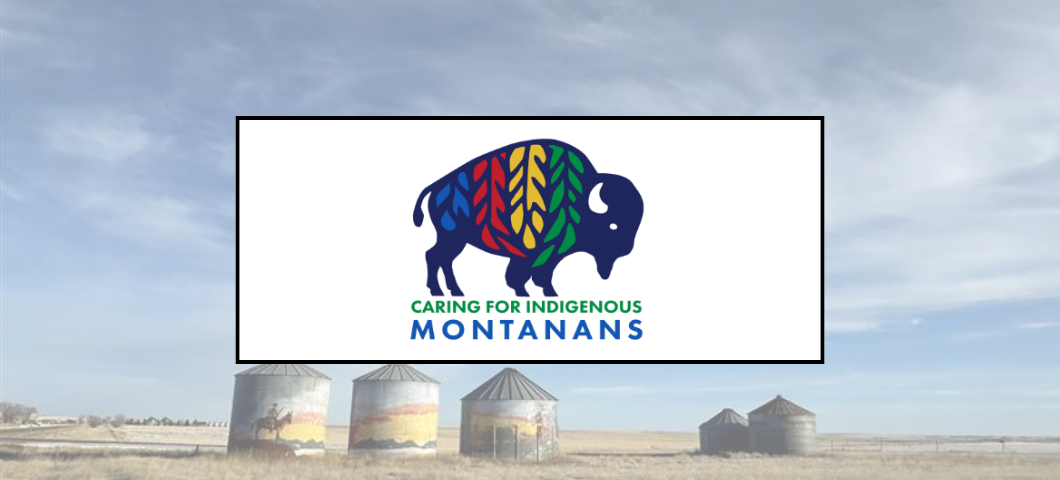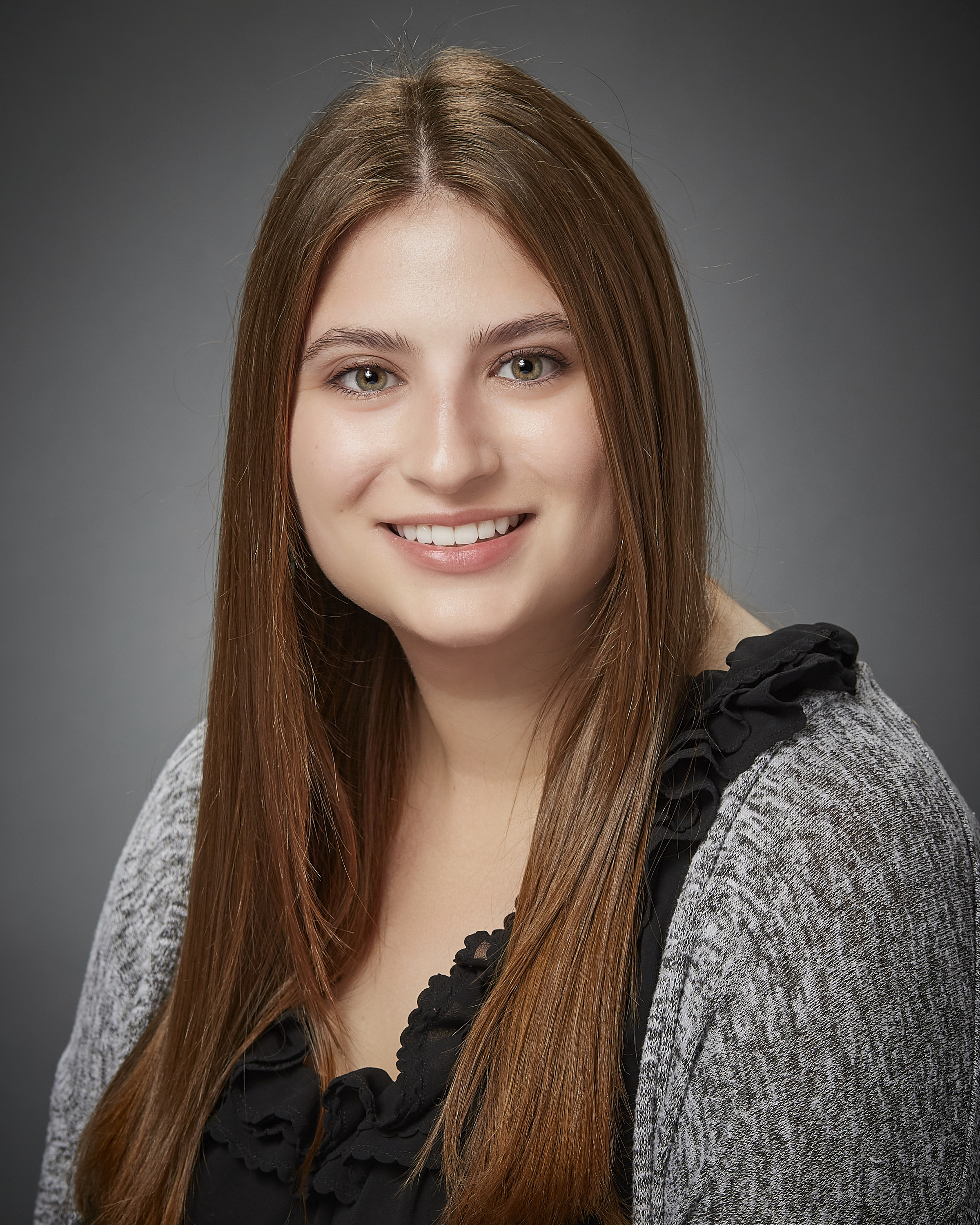Caring for Indigenous Montanans
Han (Hello) Mitakuyepi (My Relatives),
Wopila for coming to this page to learn about the wonderful tribal population here in the State of Montana.
My Lakota/Cree name is Mahpiya Zi Win Iyotaka (Yellow Cloud Sitting Woman). My Ate (father) is from the Sicangu (Burnt Thigh) Oyate (People) located on the Rosebud Sioux Tribe in Rosebud South Dakota. My Ina (mother) is from the Aaniiih Anin (White Clay People) located on the Fort Belknap Indian Reservation here in Montana.
My English name is Stephanie Iron Shooter, I am the Montana Department of Public Health and Human Services (DPHHS) Office of American Indian Health Director.
The Office of American Indian Health serves to connect people and cultures across Montana, translating concepts of health and informing how best to work with Montana’s Tribal nations to create better health outcomes for all Montanans. The Office provides diplomatic and cultural insight to the DPHHS and stakeholders, helping tailor effective and respectful outreach to American Indian communities. The Office also provides a voice for Indigenous perspectives and knowledge within DPHHS, broadening ideas and approaches outside the typical academic position.
Caring for Indigenous Montanans is a direct result of our collaborative efforts alongside the 8 Tribal Governments here in Montana and the Montana Office of Rural Health and Area Health Education Center Program Office at Montana State University.
Wopila (Big Thanks) to the Blackfeet, Northern Cheyenne, Chippewa Cree Tribes, Assiniboine & Gros Ventre, Assiniboine & Sioux, Crow, Little Shell Chippewa, Confederated Salish & Kootenai people of this great State of Montana for allowing us to capture their wisdom and time.
Story telling is and has been a traditional way of expression for many indigenous people for centuries. We took the voices of Montana Tribal Members and incorporated them into every piece of this training.
We honored the sovereignty of each Tribal government by utilizing their internal traditional and governmental protocols by acquiring permission to come onto their lands and film both Tribal members and their beautiful landscape.
We realize that this training is not all encompassing when showcasing the traditional Tribal practices that the Tribal members of Montana utilize to address their own individual and collective health disparities. If you have any questions or concerns about the process used to create this training please contact me directly.
We hope you take these lessons into your hearts and minds so we can flourish and grow together as citizens of Montana.
Pilamayaye,
Stephanie Iron Shooter
Overview
Across Montana, Indigenous people delay or avoid care due to the treatment they receive when in the healthcare setting. This treatment compounds existing barriers to care such as lack of providers, and transportation times when patients do not feel comfortable or welcomed in the healthcare setting. The Caring for Indigenous Montanans training responds to this problem by building capacity in Montana’s healthcare providers by providing them an introductory training in culturally appropriate care.
This training combines a traditional module-based self-guided training format with a filmed portion wherein learners can hear directly from Indigenous patients from each nation in Montana. Some Tribes have also included information from non-Native providers who can share their experience working with Indigenous communities and provide mentorship on how to best work cross-culturally. Finally, learners will have the opportunity to hear from Knowledge Keepers of Indigenous Nations or elders to learn about traditional views of health and why understanding the differences between Tribes is important.
This training is a collaborative effort between the Montana Tribes, Montana DPHHS Office of American Indian Health, and MORH/AHEC. MORH/AHEC received permission from Tribal Councils to come onto reservations across the state and to film people and the landscape. The creation of each training was supervised by individual Tribes and Montana DPHHS Office of American Indian Health.
Training Details
- Caring for Indigenous Montanans is intended foranyonewho works in any part the healthcare or public health system or plans to in the future. Examples include: reception personnel, CNAs, public health professionals, nurses, physicians, and beyond.
- Learners can choose to take one Tribe’s training or take several if they wish. Trainingsare similar in that they each provide a brief history of settler colonization in Montana before moving on to Tribe specific information and interviews.
- Each training is self-paced and takes approximately 3 hours to complete.
- 3.0 CE credits are available upon the completion of each module.
Questions:
Grace Behrens, MPH
406-994-6043
Caring for Indigenous Montanans includes filmed interviews with Indigenous Montanans regarding their experience in the healthcare system in Montana among other topics. Downloading, recording, or redistributing any of the filmed portions of this training, including promotional materials, without the written consent of the Montana Office of Rural Health and AHEC and the Tribes is a copyright infringement and unallowable by all parties. It is also considered a violation of Tribal sovereignty.
The interviews in this training were filmed and edited by Lex Harold, a student at the Montana State University School of Film & Photography.
This work is protected under U.S. Copyright. Permissions are required for reuse outside of those allowed under that code.

This work is licensed under a Creative Commons Attribution-NonCommercial-NoDerivatives 4.0 International License.

The Montana Office of Rural Health and Area Health Education Center (MORH/AHEC) holds our staff to high standards when working with Tribes in Montana. Tribal Nations are sovereign governments with an inherent right to self-determination. Working in partnership with Tribes requires understanding the history of the government-to-government relationship Tribal Nations hold with the US government and approaching partnerships with respect and appreciation for the diversity across Tribes.


